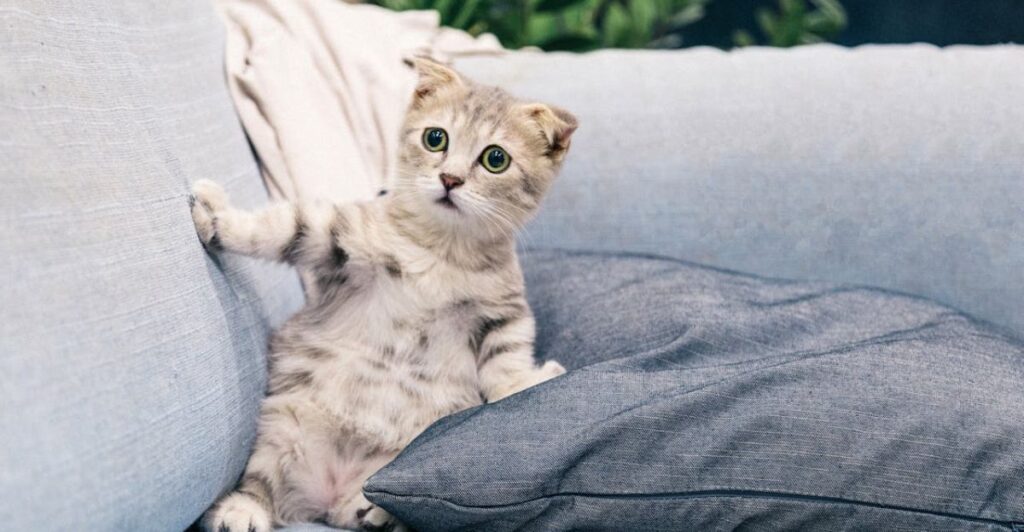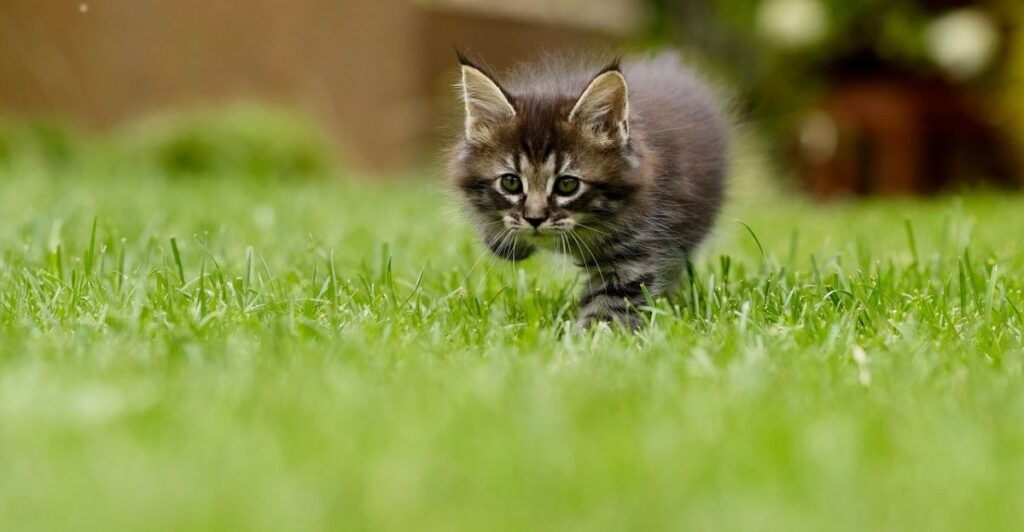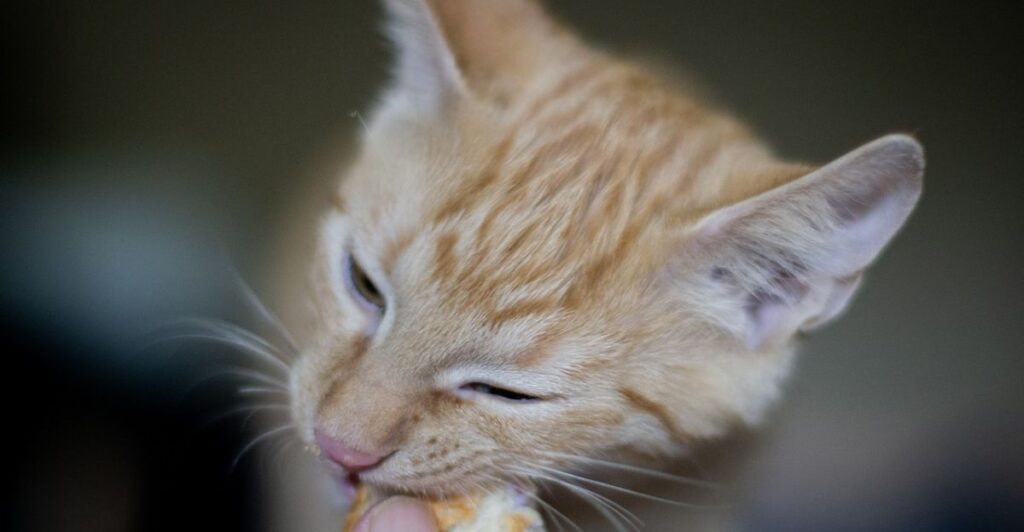
Kittens are undeniably different from adult cats, and those differences can be fascinating for first-time cat owners. As they grow, these behaviors evolve. During their first few months, expect lots of adorable and surprising changes that shape them into the cats you’ll know and love as adults. Here’s a closer look at the traits that make kittens so special.
1. Clumsy Movements

Their adorable clumsiness is part of the learning process. Kittens are still mastering coordination, which results in hilarious tumbles and wobbly steps. This phase can last until around four months old. Afterward, they become more graceful, leaving behind their early, awkward antics.
2. Learning to Hunt

A kitten’s instinct to practice hunting is evident in play. They’ll pounce on toys, your hands, or even their own tail. By 5 weeks, this instinct is already strong. As they mature, adult cats refine their skills and adopt more precise and strategic hunting techniques.
3. Biting and Nipping

During play, kittens often bite or nip as part of learning. It’s their way of exploring limits and practicing aggression. Adult cats usually phase this out as they grow, shifting to less physical, more nuanced ways of expressing themselves.
4. Smaller Size and Proportions

You’ll notice how much smaller your kitten is compared to an adult cat. Kittens have larger heads in proportion to their bodies, which gives them that irresistible “cute” factor. Over time, the bodies catch up, and those oversized heads become more in line with their full-grown features.
5. Frequent Sleeping Habits

While kittens may sleep up to 18 hours a day, their sleep is broken up by bursts of energy. This fluctuating sleep pattern is part of the rapid growth phase. Adult cats, on the other hand, enjoy more predictable and consolidated sleeping periods, often longer at a stretch.
6. Baby Teeth Falling Out

Just like human babies, kittens lose their baby teeth around 4 to 6 months. You might find tiny teeth on the floor during this time. This marks the arrival of their adult teeth, and once they grow in, adult cats say goodbye to teething and enjoy a more comfortable bite.
7. Vocalization Changes

Kittens meow frequently to communicate with you, whether they’re hungry, tired, or just want attention. Once they mature, the meowing tends to decrease, with adult cats using it more selectively, often reserved for communication with humans or a specific need.
8. Playful Aggression

Enthusiastic and fierce, kittens often show “play aggression” by attacking hands or toys. This phase involves lots of biting and scratching. Maturity eventually tempers this behavior, helping them use claws and teeth more gently and play with greater restraint.
9. Affectionate Behavior

Lap time and attention are top priorities for kittens, driven by a strong need for comfort early on. While adult cats still show affection, growing independence usually means less demand for constant physical closeness compared to their kitten days.
10. Unpredictable Feeding Habits

Usually, kittens have erratic eating habits, consuming smaller meals throughout the day. With tiny stomachs, frequent refueling is necessary to support rapid growth. In contrast, adult cats follow a more structured feeding routine, with larger, less frequent meals to accommodate a slower metabolism.
11. Exploring Every Nook

Kittens are bundles of curiosity, always on the lookout for new places to discover and explore. You might find them in cabinets, behind furniture, or even inside boxes. Their exploratory phase helps them learn about their environment, but adult cats generally settle into familiar spots without the same curiosity.
12. Socialization Period

Between 2 and 9 weeks, kittens experience a critical socialization phase. This period shapes how they interact with humans, other animals, and new environments. In contrast, adult cats tend to prefer familiar settings and are less adaptable to changes or unfamiliar situations.
Stay connected with us for more stories like this! Follow us to get the latest updates or hit the Follow button at the top of this article, and let us know what you think by leaving your feedback below. We’d love to hear from you!







